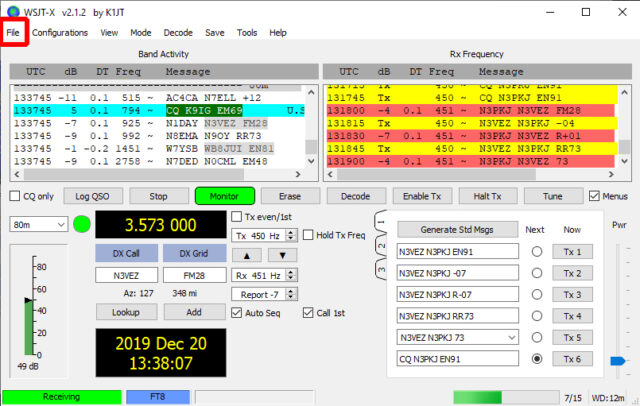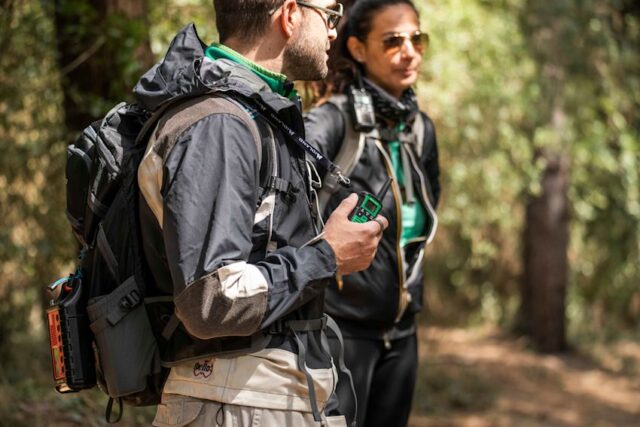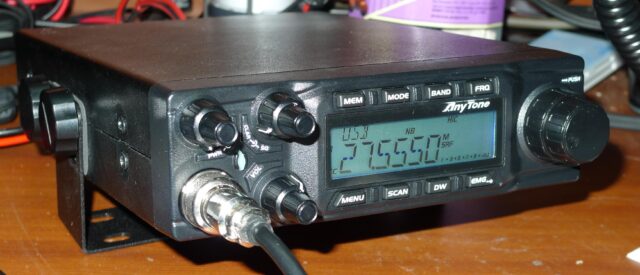The world of amateur radio has undergone remarkable transformations over the past two decades, largely driven by the explosive growth in digital communication modes. At the heart of this transformation stands WSJT-X, a free and open-source software package that has revolutionized how radio amateurs engage with weak-signal communication. Now, with the release of WSJT-X 3.0.0-rc1, the community is buzzing with excitement over new features, improved performance, and forward-looking changes. This article explores everything you need to know about WSJT-X—its origins, digital modes, installation steps, beta version features, and what lies ahead.
Whether you’re an experienced ham operator or a curious newcomer to digital modes, this comprehensive guide will provide the information you need to make the most of WSJT-X in 2025 and beyond.
What is WSJT-X?
WSJT-X stands for “Weak Signal communication by K1JT – eXtended,” a software suite developed and maintained by a group of radio amateurs led by Nobel Prize-winning physicist Joe Taylor, K1JT. The software is specifically designed for weak-signal propagation and enables successful communication under conditions where voice or traditional digital modes would fail.
WSJT-X supports several popular digital modes such as:
- FT8 (Franke-Taylor 8-Frequency Shift Keying)
- FT4
- JT65
- JT9
- WSPR (Weak Signal Propagation Reporter)
- MSK144
- QRA64
Each mode is optimized for a different use case—meteor scatter, moonbounce (EME), HF propagation, or beaconing. The software uses precise time synchronization and structured message formats to extract meaningful communication from incredibly low signal-to-noise environments.
A brief history of WSJT-X
WSJT (the precursor to WSJT-X) was first released in 2001, starting with modes like FSK441 and JT65 for meteor scatter and EME. As the software evolved, WSJT-X was introduced in 2013 to offer a more modular and GUI-friendly experience. Since then, it has become the de facto standard for weak-signal digital modes.
The watershed moment came in 2017 with the release of FT8, a fast and efficient digital mode that skyrocketed in popularity. With an exchange time of just 15 seconds and minimal bandwidth (50 Hz), FT8 enabled QSOs even under the noisiest or most unstable propagation conditions.
Over the years, WSJT-X has continued to improve with new releases, each version offering enhanced stability, additional functionality, and broader hardware support.
WSJT-X 3.0.0-rc1: what’s new in the beta?
The newly released WSJT-X 3.0.0-rc1 (Release Candidate 1) is an early preview of the upcoming major version 3.0.0. While not yet finalized, this version provides an opportunity for the amateur radio community to test new features and submit feedback to the developers.
Key improvements and additions
Here are the major updates introduced in WSJT-X 3.0.0-rc1:
- Support for External Decoders: Experimental APIs allow integration with external decoding tools, paving the way for AI-assisted decoding.
- Improved FT8/FT4 Decoding: Enhanced decoding algorithm for better performance in crowded bands.
- Streamlined Logging to ADIF: Cleaner and more accurate logging with improved support for third-party logging software.
- User Interface Refresh: Subtle improvements in readability, layout, and accessibility, including better high-DPI support.
- Expanded Grid Square Support: Up to 10-character locators for more precise location tracking.
- New Calibration Features: Enhanced audio and frequency calibration tools for advanced operators.
- Updated Documentation: A rewritten and more accessible user manual bundled with the software.
These changes make WSJT-X 3.0.0-rc1 not just an iteration, but a forward-looking release that lays the groundwork for future integration, better user experience, and cutting-edge digital radio capabilities.
Downloading and installing WSJT-X 3.0.0-rc1
As this is a release candidate, the developers advise that it be used primarily for testing and evaluation. Production logging and high-stakes operating (e.g., contests or DXpeditions) should still rely on the stable release.
Official download page
You can download WSJT-X 3.0.0-rc1 from the official SourceForge page: 👉 https://wsjt.sourceforge.io/wsjtx.html
System requirements
Minimum system requirements include:
- Operating Systems: Windows 10/11, macOS 10.15+, various Linux distributions
- CPU: Dual-core processor
- RAM: 2 GB minimum
- Sound Card: 16-bit, 44.1 kHz or 48 kHz sample rate
Installation guides
For Windows:
- Download the
wsjtx-3.0.0-rc1-win64.exeinstaller. - Run the installer and follow the wizard.
- Make sure your computer’s system time is accurate (use NTP sync).
- Launch the app and configure your rig using the Settings > Radio tab.
For macOS:
- Download the
.dmgimage file. - Drag the app to the Applications folder.
- Launch the app and accept permissions.
- Configure audio and CAT control in the settings.
For Linux:
Most Debian-based distributions can use:
Make sure to install all dependencies via apt.
Setting up and using WSJT-X
After installation, setting up WSJT-X involves configuring your transceiver, audio interface, and timing synchronization.
Basic setup tips
- Radio Settings: Select your radio model, CAT interface (via USB or serial), and baud rate.
- Audio Settings: Use your sound card’s input/output devices. Avoid system noise or enhancements.
- Time Sync: Use tools like Dimension4 (Windows) or
ntpdate(Linux/macOS) to ensure time accuracy. - Frequency Calibration: Use the built-in tool to calibrate audio tones if needed.
- Band Plan: Select appropriate frequency per band based on your regional regulations and band plan.
Operating a digital QSO in FT8
A typical FT8 QSO looks like this:
Each transmission lasts 15 seconds, and the software handles all decoding and sequencing. It’s essential to monitor the waterfall display, verify your signal, and avoid transmitting over others.
Advanced features and tips
- Wide Graph: Allows you to visually monitor a large slice of the band.
- Auto Sequence: Automatically progresses the QSO exchange.
- UDP Broadcasting: Sends QSO data to logging software like Log4OM, N1MM+, or CloudLog.
- Rig Control via Hamlib: Integrated support for hundreds of transceivers.
- Multi-Decoding: Can decode up to 100+ FT8 signals in one pass.
Common issues and troubleshooting
- “No Decodes” Problem: Usually due to incorrect audio input or clock sync.
- CAT Control Not Working: Check USB driver, COM port number, and baud rate.
- Audio Clipping or Distortion: Lower audio levels in both transmit and receive chains.
- Firewall Blocks: Allow WSJT-X through Windows/macOS/Linux firewall settings.
The WSJT-X community and ecosystem
WSJT-X is supported by a massive and enthusiastic community:
- User Groups: Groups.io (WSJT-X), Reddit (/r/amateurradio), Facebook groups.
- Logbook Integration: Seamless QSO export to eQSL, LoTW, Clublog.
- Add-Ons: GridTracker, JTAlert, QSO Relay offer extended functionality.
The road ahead for WSJT-X
With version 3.0.0 now in release candidate phase, the roadmap hints at even bigger changes coming in future releases:
- AI-enhanced signal detection
- Enhanced contest support
- Modular plugin architecture
- Mobile or web-based interfaces
The development team continues to emphasize performance, user accessibility, and backward compatibility—all while remaining free and open-source.
WSJT-X 3.0.0-rc1 marks a significant milestone in the evolution of digital amateur radio. With powerful new features, smarter decoding, and a cleaner interface, the software is poised to lead the community into the next generation of radio communication. For those passionate about weak-signal work or simply wanting to make more QSOs with low power and minimal infrastructure, WSJT-X continues to deliver.
Whether you’re chasing DX on 30m with FT8 or experimenting with EME on 2m using JT65, WSJT-X remains an essential tool in your digital shack.
Image(s) used in this article are either AI-generated or sourced from royalty-free platforms like Pixabay or Pexels.
Did you enjoy this article? Buy me a coffee!






